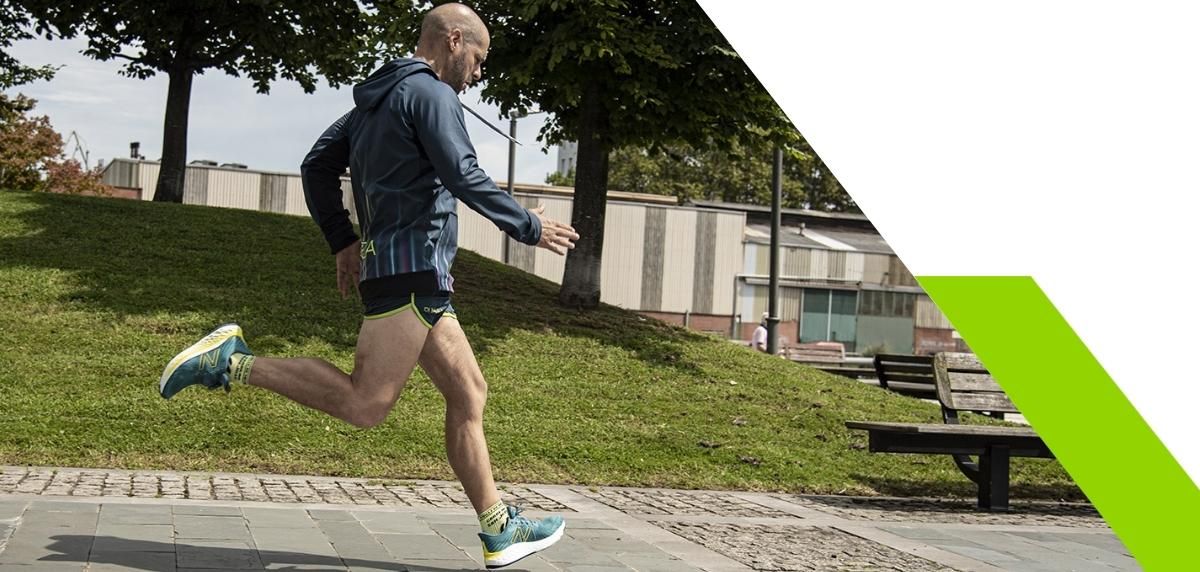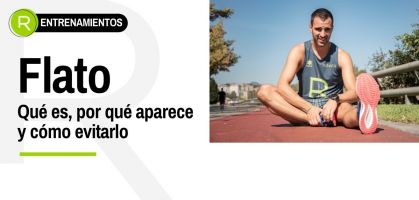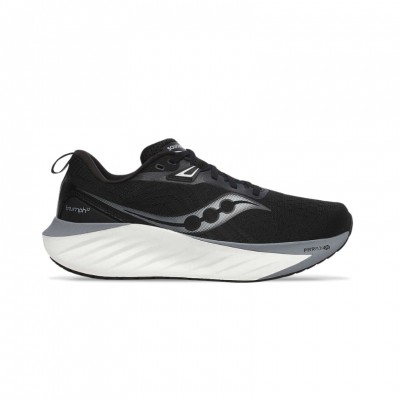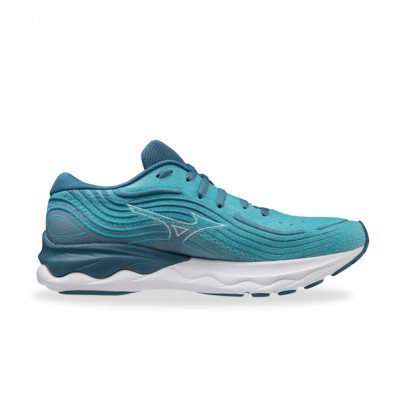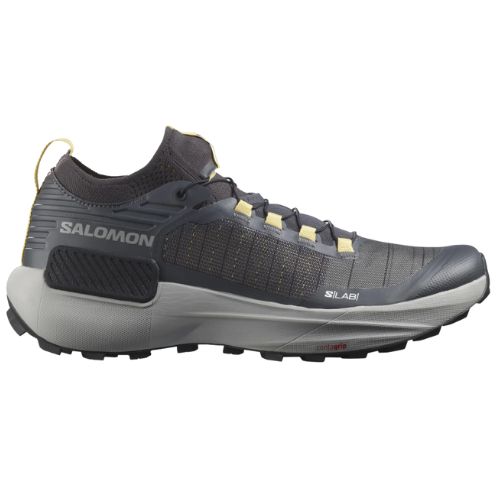There are many, and more and more, queries that reach us at RUNNEA about the sports injuries we are exposed to as runners. As we always do, we put ourselves in the hands of professionals, and on this occasion, we introduce you to Daniel García, physiotherapist by profession (you can find him at www.fisiosegovia.com) and passionate runner. Being an authoritative voice on the subject, in his first introductory article, Daniel addresses one of the most common injuries in runners: plantar fasciitis. So that's it, we address: symptoms, causes and treatment of plantar fasciitis.
Before talking about running injuries, it is necessary to talk about the anatomical structure that directly relates us to the ground, the foot. This structure has essentially two functions: support and propulsion. For this, the foot needs a component of stability, on the one hand, and of elasticity, on the other, in order to be able to adapt to changes in terrain and withstand all the impacts to which it is subjected.
The numerous bones and joints that compose it are directly related to the general health of the foot and the rest of the body in general. All the impacts that are made when running are absorbed by the foot and transmitted through the tibia, reaching the knees, hips and even the back. This means that if the feet do not have good biomechanical support, it can affect the rest of the locomotor system.
It can be said that the feet are responsible for countless ailments suffered throughout the body.
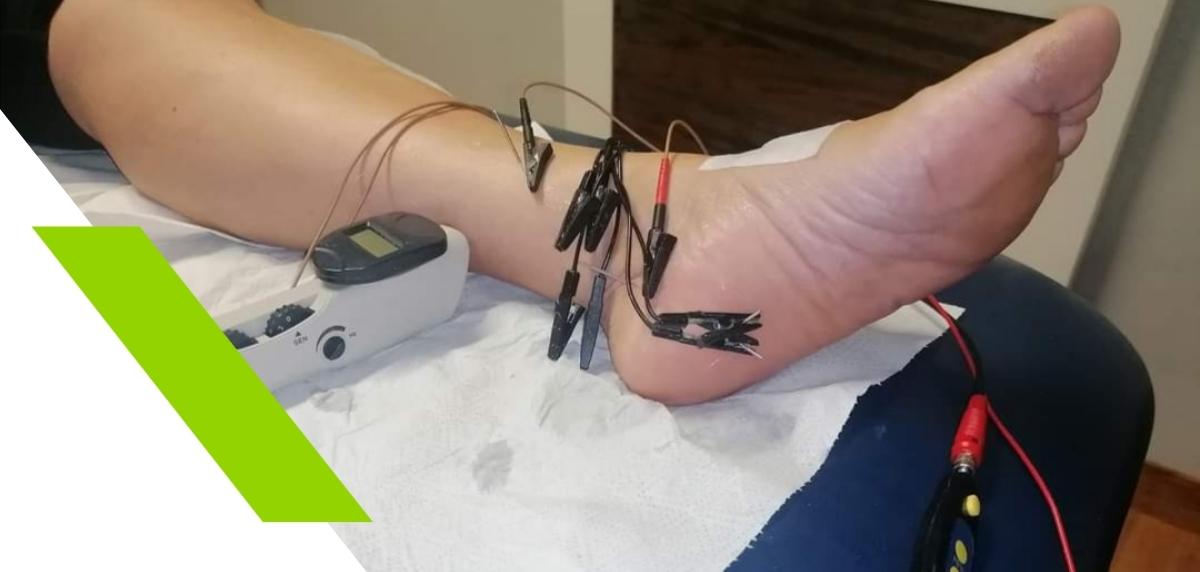
What is plantar fasciitis?
Plantar fasciitis, by definition, is an inflammation of the fascia covering the sole of the foot. This connective tissue is responsible for maintaining the plantar vault and giving stability and cushioning to the foot. When fasciitis is present, the inflammation and pain are usually located in its aponeurotic insertion in the lower part of the heel, in a bone called calcaneus. It is typical to find pain on pressure at the toe of the toe in the area where the fascia inserts at the base of this bone.
When we find ourselves with an incorrect plantar support, especially for pes cavus, we increase the tension of the plantar fascia. The tension of this fascia and the continuous biomechanical aggression to the sole of the foot, makes that inflammation by overuse can appear forming plantar fasciitis.
What are the most frequent symptoms of plantar fasciitis?
In the initial phases it is usual that it is defined as a morning pain, as soon as the foot rests on the floor when getting out of bed and that subsides as one walks. This is due to the muscle and tendon shortening caused by resting during the night hours, causing the tissues to pull on their insertion area and as we rest the foot, the muscles and tissues relax.
During the race we also find a similar sensation. If the fasciitis is incipient, the pain that manifests itself when we start running, disappears while training and reappears when we return to calm. The pain can also appear if there is a prolonged time in standing or sitting. In advanced stages, the pain does not subside and becomes limiting, hurting even at rest.
There is a complication of plantar fasciitis which is the famous calcaneal spur, which is nothing more than a fasciitis of long evolution, where the tissue calcifies forming a small extension of bone in the area where it is inserted. This causes that the pain of the fasciitis can be more acute and that the lesion lasts more time.
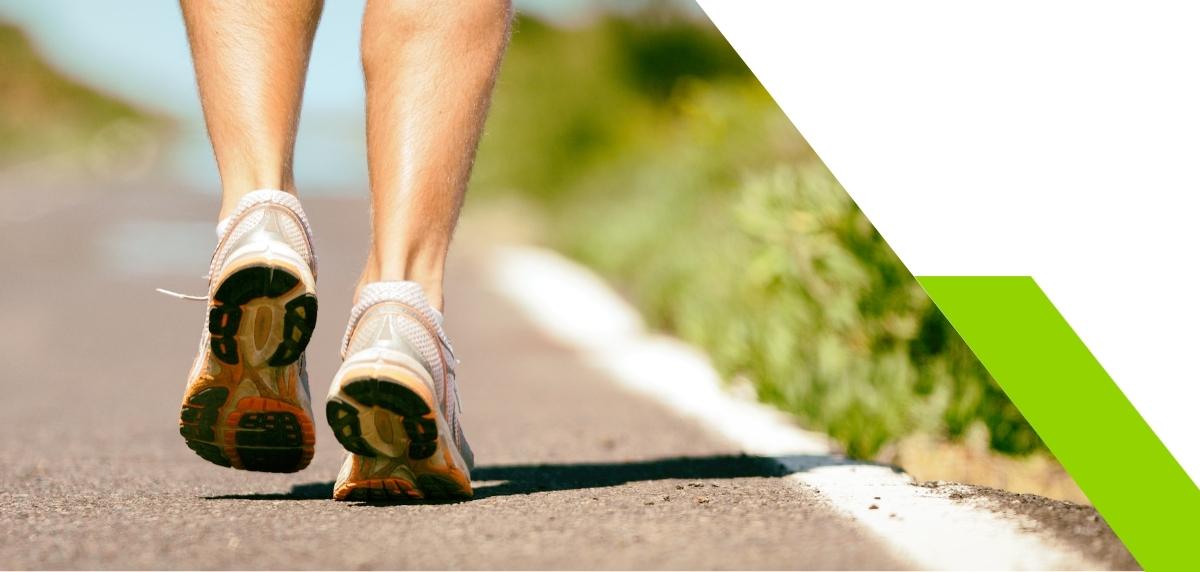
What are the causes of plantar fasciitis?
Beyond the factors that we all know as overweight, the use of inappropriate footwear or overtraining, among others, it is important to analyze individually each fasciopatia.
It is our job as physical therapists to recognize the risk factors that precipitate the onset of each plantar fasciitis. During training there are numerous microtraumas as a result of the race itself, common denominator of all runners, but not all end up developing this pathology. This is due to several factors such as:
- Adaptation capacity of each athlete to the continuous aggressions to the sole of the foot.
- Change of terrain on which we run.
- Difficulty of the course.
- Choice of Running shoes.
For this reason, there will be runners who suffer few injuries with a great capacity for adaptation, and others who suffer constant injuries with a lesser capacity.
All pain produces a dysfunction; when fascial pain appears, the body adapts to protect the painful area by modifying the running technique, shortening the stride, not supporting the foot correctly, etc. Therefore, when inflammation appears, it is not only necessary to treat it locally, applying ice for example, but it is also necessary to constantly stretch the calf and soleus to control muscle shortening and decompensation caused by this injury.
Other causes that make fasciitis appear:
- Biomechanical alterations: poor running technique, "heel-toe too much",....
- Lack of elasticity of the posterior chain: hamstring muscles, triceps suralis, posterior tibialis, ...
- Lack of pelvic mobility: deficit of movement in hip rotations, lack of activation of the gluteus medius, weakness of the abdomen and lumbar back...
What are the most effective treatments for plantar fasciitis?
From a clinical and therapeutic point of view, it is necessary to analyze each type of plantar fasciopathy that comes into consultation. First we must assess whether the injury is acute-inflammatory or chronic-degenerative to address the injury specifically, since the treatment will be different if we only want to control local inflammation, or if we also want to produce a regenerative response of the fascia.
When we speak of plantar fasciitis, we understand that the fascia, usually at its insertion in the calcaneus, has become inflamed. This process, without treatment and without correcting the risk factors that cause the inflammation to appear can cause the process to become chronic, speaking more of plantar fasciitis than fasciitis, of plantar fasciosis.
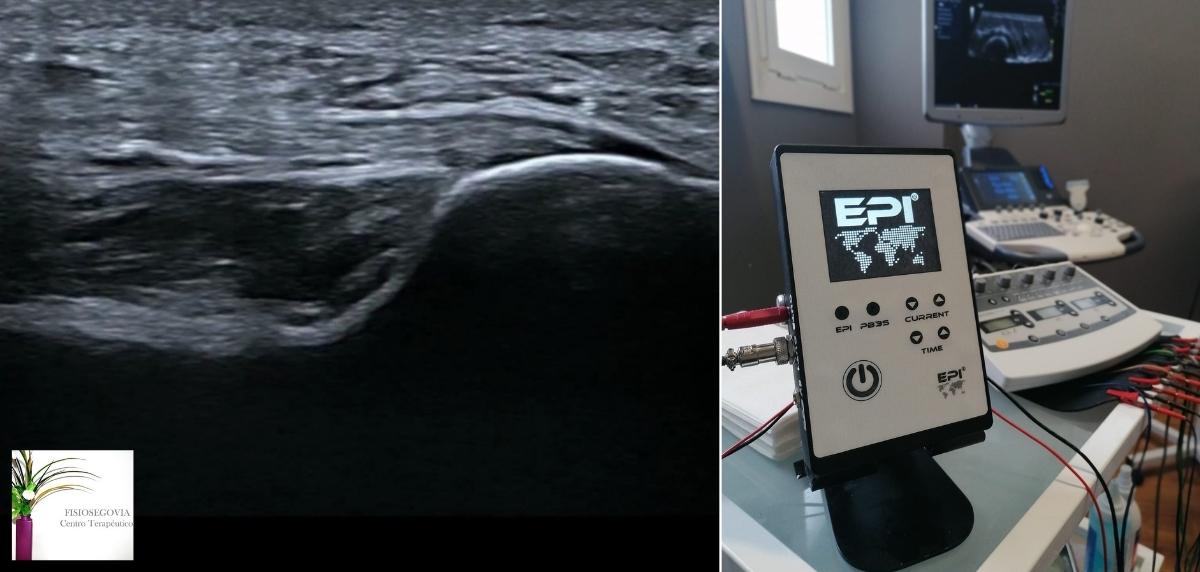
There are studies that show that the chronification of plantar fasciopathy begins a few weeks after its appearance, causing tissue degeneration. When this happens, ultrasonographically we identify a thickening of the fascia as a defense mechanism against the aggression to which it is subjected. This thickening corresponds to a degeneration of the tissue due to a poor scar response where the organism is not capable of provoking a regenerative response on its own. The spur is also another characteristic of the chronification of this injury.
Today we have many effective treatment options available to treat plantar fasciopathies. It is necessary to approach fasciopathy in an integrative manner, treating the musculature, the fascia itself and the nerves that innervate and give pain to this structure.
Most of the fasciitis that we treat, due to their time of evolution, fall within chronic degenerative pathologies. For this we use techniques such as Percutaneous Intratisular Electrolysis (P.I.E.) to provoke an inflammatory response and activate the regeneration mechanisms of the plantar fascia. With this technique we also manage to eliminate the fibrotic tissue that the chronic process of fasciosis may have produced.
Along with this invasive technique we use Percutaneous Neuromodulation to give a good stimulus to the fascia, improve the motor response and produce a change in the perception of pain. This novel and very effective technique consists of applying an external stimulus through a needle to the nerves involved in the dysfunction of the affected structure. In this case we will address the tibial nerve, and in many occasions, the Baxter nerve, responsible for fasciopathies of long evolution. Obtaining surprising results in the short term.
With manual therapy and other techniques, we will treat muscle shortening, such as soleus or calf. Necessary to achieve a global treatment of this injury.
What prevention method helps us to avoid this injury?
All athletes know the sensations we have in our body and we know what aches and pains appear after exercise. If we suffer from muscle shortening in the calf and soleus, it would be advisable to perform specific stretching of these muscles to avoid future plantar fasciitis.
Obviously, the use of an appropriate running shoe is essential to prevent foot injuries. But in addition to a good shoe, we always recommend a biomechanical study of the footprint to adapt a customized insole for each type of foot and treat another possible cause of this inflammation. The use of an insole will reduce the possibility of relapse once we have recovered.
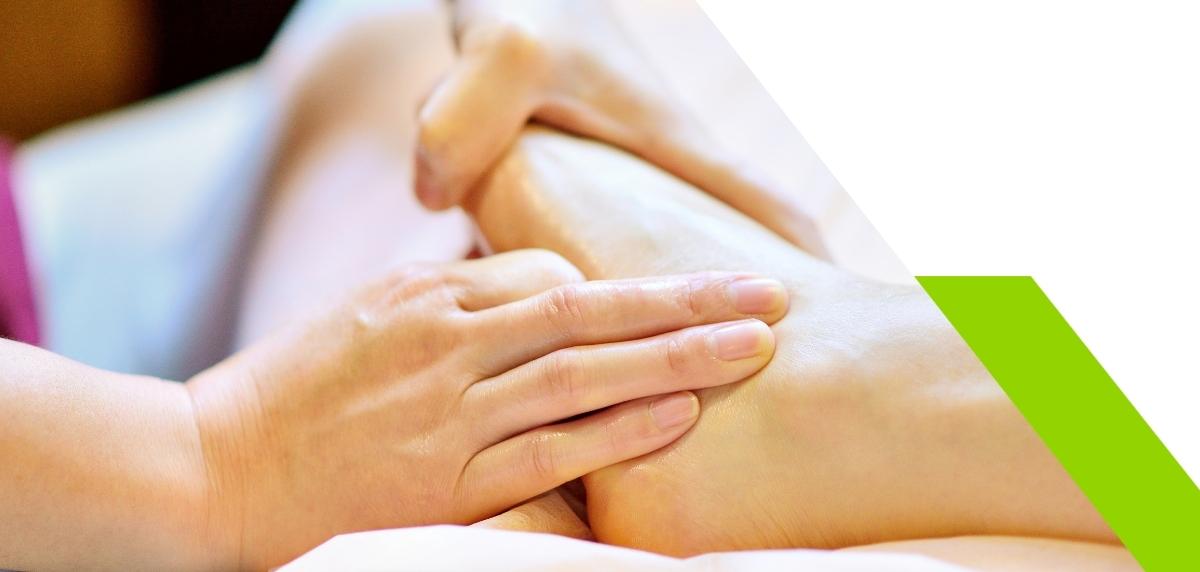
What is the relationship between trigger points and plantar fasciitis?
Trigger points are latently present in all muscles. They are small hypersensitive nodules found in the muscle fibers that are activated and hurt when there is injury near them. One characteristic of these points is that they produce pain at a distance, so PG activation can make the pain of fasciitis more acute and make the injury more resistant to treatment if they are not treated independently.
Another characteristic of these points is that they limit muscle mobility, a predisposing factor for plantar fasciitis as we have seen above.
Is it advisable to run and train with plantar fasciitis?
Like any inflammatory process and depending on the degree of pain, it will be necessary to perform a relative rest. If we are injured and we cannot run, we can do other activities that involve less impact against the ground such as cycling, and thus not lose aerobic capacity so that once recovered, we get into a rhythm as soon as possible.
It is always advisable that the recovery guidelines and deadlines are set by a physiotherapist.
Read more news about: Sports Injuries
